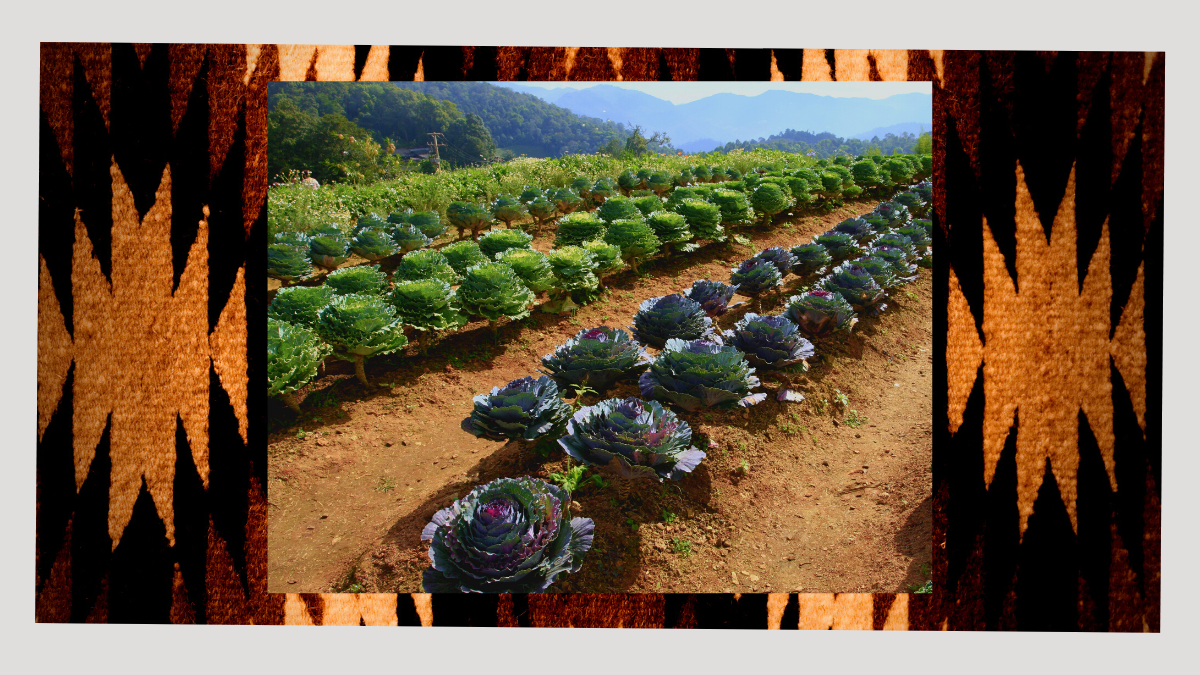Source: WRAL
Decades of large-scale hog, chemical manufacturing plants, and poultry industries residing in eastern North Carolina have severely impacted communities that call the region home.
For many Black, Latine and indigenous residents who live near many of these big polluters, the fight for clean air and water hasn’t been easy.
For the Cape Fear Band of Skarure and Woccon Indians, the Cape Fear River has been a vital lifeline for food. While the state’s largest river system represents a crucial resource for food, it has also become a basin of toxic chemicals.
“Our life force was the Cape Fear River, going all the way back traditionally, before colonization. The rivers of North Carolina, that was our travel ways, that’s the way we got to other destinations,” said Jane Jacobs (EagleHeart) told N.C. Health News.
“We hunted and fished all up and down the rivers. And so it’s kind of like we’re having a problem making our people understand that we can no longer do the things we used to do, we can no longer go to the river and harvest medicine because now it’s polluted,” Jacobs added.
According to WRAL, the Department of Environmental Quality tested fish samples from the Cape Fear River last year and found high levels of per- and poly-flouroalkyl substances (PFAS), or forever chemicals, that have been linked to cancer, damage to the liver, and birth defects, among many other chronic diseases.
Months after the testing, state health officials issued recommendations for local residents to limit or eliminate eating some types of fish from the river.
“We can’t eat the fish, [but] we’re still seeing people doing these things, so that’s where our concern comes in,” Jacobs told N.C. Health News.
“Our people are still pulling buckets full of crappy out the Cape Fear River, catching big old catfish, taking them home and cooking them up. Catfish are bottom-dwellers, so you can be sure their toxin level is huge.”
According to WRAL, the Department of Environmental Quality is now working to expand permitting regulations to limit industrial discharges and help make the river a safe food source.
“We’re going to continue to grow and learn and that’s the reason we’re going to try to collect samples as much as we can and build our knowledge base,” Sushma Masemore, DEQ’s Assistant Secretary for Environment, told WRAL.
For years, communities across eastern North Carolina have protested against Chemours and its parent company, DuPont, which were found to have released toxic PFAS pollution in the region.
Residents have urged federal and international authorities to look into the environmental crisis and racism occurring within the eastern region.
“One of the things that was documented early on and has been shown time and again is that members of disenfranchised minorities — including Black, LatinX and indigenous people — are much more likely to live near one of these CAFOs than if you are a white person even if you take money out of the picture,” Ryke Longest, co-director of the Duke Environmental Law and Policy Clinic, told N.C. Health News.
“This becomes, what I would call, an issue of environmental racism because these are located and expanded in places where the surrounding community did not have the political voice and ability to stop it.”





